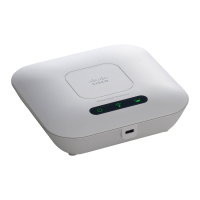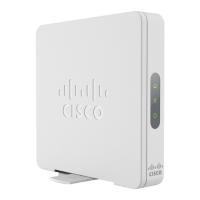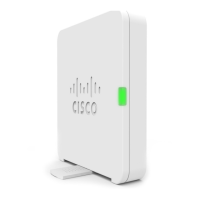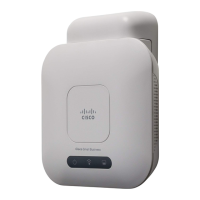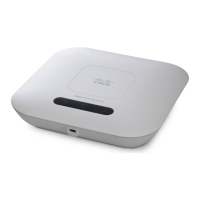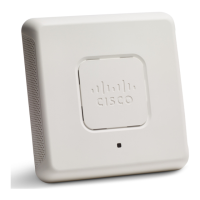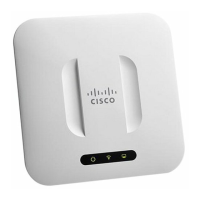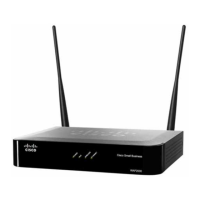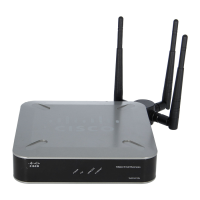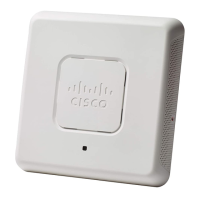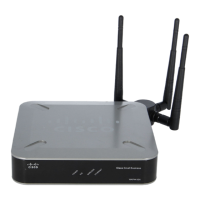A system administrator can use an installed Internet browser plug-in to discover the WAP device. The
web-based Configuration Utility shows up as a tab in the browser.
The system administrator can view the Bonjour enabled WAP’s using the latest Internet Explorer plug-in
(Cisco FindIT tool). All WAP devices present in a cluster, are shown under the cluster name after the Bonjour
discovery process. The administrator should ensure that the name of the cluster is unique within a network.
Note
Bonjour works in both IPv4 and IPv6.
To enable the WAP device to be discovered through Bonjour, follow these steps:
Step 1 Select LAN > More > Neighbor Discover.
Step 2 Check Enable to enable Bonjour. By default, this option is enabled.
Step 3 Click Apply. The changes are saved to the Startup Configuration.
LLDP
The Link Layer Discovery Protocol (LLDP) is defined by the IEEE 802.1AB standard and allows the UAP
to advertise its system name, system capabilities, and power requirements. This information can help to identify
system topology and detect bad configurations on the LAN. The AP also supports the Link Layer Discovery
Protocol for the Media Endpoint Devices (LLDP-MED), which standardizes additional information elements
that devices can pass to each other to improve network management.
Step 1 To configure the LLDP settings, select LAN > More > LLDP.
Step 2 Configure the following parameters:
• LLDP Mode — Check Enable to enable the LLDP. Once enabled, the AP transmits LLDP Protocol Data Units to
the neighbor devices. By default, this mode is enabled.
• TX Interval — The number of seconds between each LLDP message transmissions. The valid range is 5 to 32768
seconds. The default value is 30 seconds.
• POE Priority — Select the priority level from the drop-down list (Critical, High, Low or Unknown). The PoE
priority helps the Power Sourcing Equipment (PSE), determine which powered devices should be given priority in
power allocation when the PSE doesn't have enough capacity to supply power to all connected devices.
Step 3 Click Apply.
IPv6 Tunnel
The WAP device supports the Intra-Site Automatic Tunnel Addressing Protocol (ISATAP). The ISATAP
enables the WAP device to transmit IPv6 packets encapsulated within the IPv4 packets over the LAN. The
protocol enables the WAP device to communicate with remote IPv6-capable hosts even when the LAN that
connects them does not support the IPv6.
Cisco WAP150 Wireless-AC/N Dual Radio Access Point with PoE / Cisco WAP361 Wireless-AC/N Dual Radio Wall Plate Access Point with PoE
22
System Configuration
LLDP
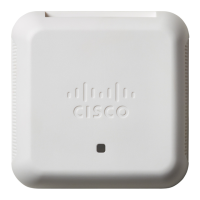
